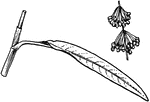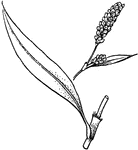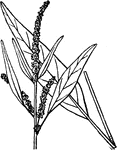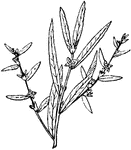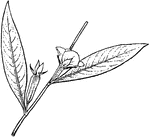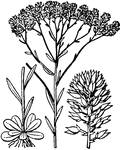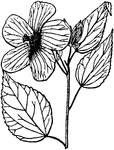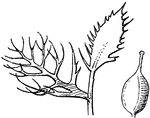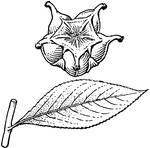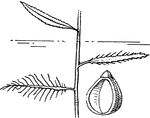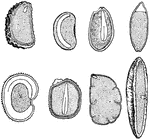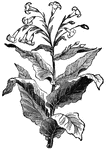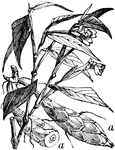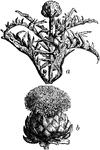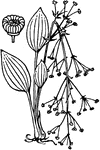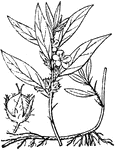
Hydrolea
Sepals united at base into a tube enclosing the ovary and later the fruit; leaves with spines in axils.

Agave
"Century-plant. A large North American genus of plants, of the natural order Amaryllidaceæ, chiefly…

Mouth and Tongue of a Bee
"The structure of the mouth in insects exhibits very remarkable modifications, and these are of the…
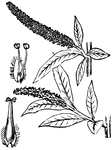
Willow
"Ament-A kind of inflorescence consisting of unisexual apetalous flowers growing in the axils of scales…
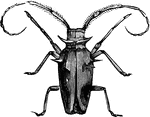
Capricorn Beetle
"The insects of this tribe, called Capricorn Beetles and distributed throughout most parts…

Geranium Plant Louse
"Aphis; a genus of small plant-sucking insects, of the family Aphididæ and order Homoptera."-Whitney,…

Apple Louse
"Aphis; a genus of small plant-sucking insects, of the family Aphididæ and order Homoptera."-Whitney,…
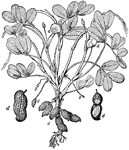
Common peanut
"Common Peanut (Arachis hypogæa). a, flowers; b, ovaries on lengthened stipes; c, forming fruit;…
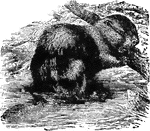
Beaver
"The Beaver is a quadruped of the order Rodentia, or gnawers, the only species of its genus. It is very…

Drone Bee
"Bee is the common name given to a large family of hymenopterous or membranous-winged insects, of which…
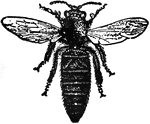
Queen Bee
"Bee is the common name given to a large family of hymenopterous or membranous-winged insects, of which…

Worker Bee
"Bee is the common name given to a large family of hymenopterous or membranous-winged insects, of which…

Royal Cells
"Bee is the common name given to a large family of hymenopterous or membranous-winged insects, of which…

Cacao Plant
"Cacao, or cocoa, is the chocolate tree, and also the powder and beverage made with it obtained from…

Lob-worm
"Errantia means wandering, and is applied to numerous species, of which the Lob-worm or Lug-worm,…
Terebella medusa
"Distinguished by their habit of forming a tube or case, within which the soft parts of the animal can…
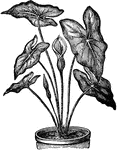
Caladium
"Caladium is a genus of endogenous plants, the typical one of the family caladieæ. They are cultivated…

Medusa's head pentacrinus
"This may be considered as one of the greatest wonders of nature, it being a real animal, having blood,…

Head of Chameleon
"Chameleon is a genus of reptiles belonging to the Saurian or lizard-like order, a native of parts of…

Chicory
Chicory is a flowering plant with blue flowers, originally from the Old World but now seen growing wild…
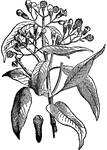
Cloves
"Cloves are a very pungent and aromatic spice, the dried flower-buds of a tree a native of the Molucca…

Coffee Plant
"Coffee is the seed of an evergreen shrub, which is cultivated in hot climates, and is a native of Abyssinia…
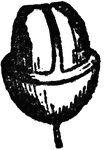
Coffee Bean
"Coffee is the seed of an evergreen shrub, which is cultivated in hot climates, and is a native of Abyssinia…

Coffee Bean
"Coffee is the seed of an evergreen shrub, which is cultivated in hot climates, and is a native of Abyssinia…

Conger Eel
"Conger is a large sea-eel, 5, 6, or, in rare cases, even 10 feet long. Its upper parts are brownish-white,…
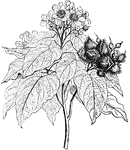
Arnotto
"Arnotto-extremely common in Jamaica and other parts of the West Indies, and has been introduced into…

Ascidium
"Ascidium of a Plant. Leaf of pitcher-plant (Nepenthes) with a winged petiole and terminating in an…
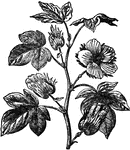
Cotton Plant
"Cotton is a vegetable hair or filament constituting the wing of the seed of the different species of…
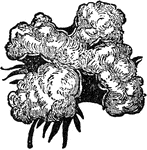
Cotton Flower
"Cotton is a vegetable hair or filament constituting the wing of the seed of the different species of…
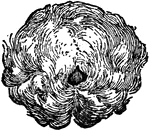
Cotton Flower
"Cotton is a vegetable hair or filament constituting the wing of the seed of the different species of…

Daffodil
"Daffodil is the popular name of a plant which is one of the earliest ornaments of our gardens, being…

Date Palm
"Date Palm is a genus of palms, the most important species of which is the common date palm, the palm…
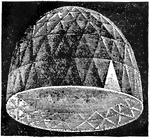
The Great Mogul Diamond
"Another important diamond is the one at the point of the scepter of the Russian empire, known as the…
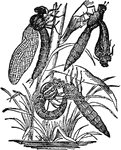
Dragonfly
"The Dragon Fly has a large, broad head, very freely attached to the thorax, and large, convex, prominent…
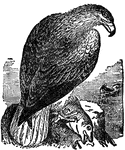
Erne
"The Erne is one of the 'bare-legged' eagles. The genus includes some seven species, represented apparently…

